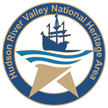|
We had an eventful day yesterday and captured lots of amazing footage! We started out the morning at Scarano's Boatyard in Albany.
Before we left port we had a little fun with Apollonia's delivery tricycle.
Captain John of Solaris gave us a little lesson in tugboats as we left the Port of Albany.
Then Tanya gave us a little history of Castleton and the Castleton-on-Hudson Bridge.
The Apollonia crew was getting a workout this morning beating into a strong headwind. Captain Sam said some of the crew got a little seasick!
Soon the tide turned against them and Apollonia had to anchor. Here is Captain Sam diving in to illustrate the power of the current.
Here's Captain John with a recap of the day. We got some great footage and interviews in Albany and we're looking forward to more as we move south back down the river!
And finally, to end the day, here's a little compilation video from footage we captured yesterday of Apollonia sailing.
We hope you've been enjoying the North Hudson Voyage! For live updates, be sure to follow us on Facebook. And there's still time to donate to support the trip, either by the mile or give what you can.
0 Comments
Solaris and Apollonia spent the night rafted with Clearwater in Albany.
We spent the day in and around Albany, meeting all sorts of friends along the way!
We went up to visit the USS Slater and met up with Clearwater near the Dunn Memorial Bridge for a short fleet sail.
We also had some fun with a kids' project hosted by Tanya, one of our on-board educators. More of these are coming, so stay tuned!
We have been conducting interviews with folks all along this trip, so we got to have a little preview of the films to come today!
First was an interview with Louise Bliss and Don Hagerman who are involved in the restoration of the 1903 racing sloop Eleanor. After a decade of hard work, Eleanor went in the water just last week! Stay tuned for more information and videos about this fascinating project.
We also got some beautiful drone footage and a sneak peak of the Hudson-Athens Lighthouse! We'll be interviewing historians there and getting some interior shots this week as we head back down river. So stay tuned for more!
This trip really has two missions - did you know? One is to bring the Hudson River closer to you with livestreams and social media posts and short videos like these while the voyage is underway.
The second mission is to collect interviews and footage all along the way, so that we can produce a series of short documentary films once we get back! If you would like to support these efforts, please consider sponsoring one of our for themes for this trip: lighthouses, sail freight, towing, and shipbuilding.
And finally, here is our end-of-day video, closing out Day Three of the North Hudson Voyage! Thanks to everyone who has donated by mile and to some brand new sponsors (who we'll be announcing soon)!
See you tomorrow and stay tuned for more on those interviews mentioned in the video!
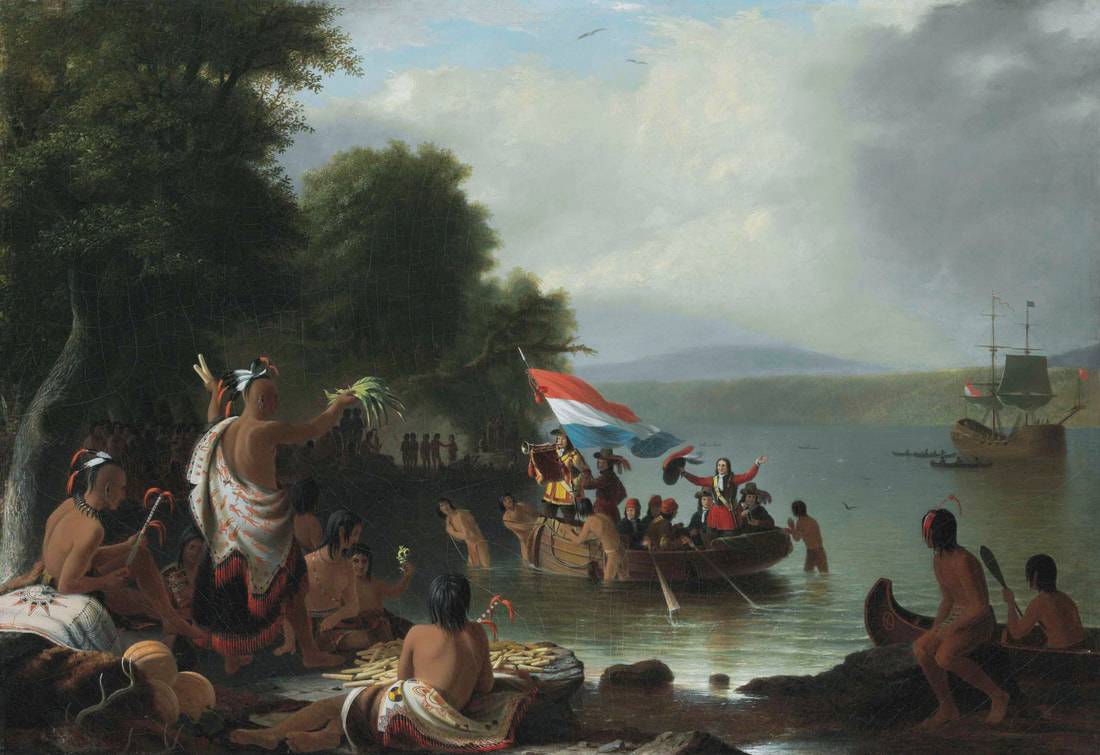 In this highly romanticized painting by Hudson River School artist Robert Weir, Henry Hudson and his crew are depicted landing at Verplanck Point in Westchester County. Considerably south of Albany, this image is nevertheless typical of 19th century depictions of Hudson's voyages. "Landing of Henry Hudson, 1609, at Verplanck Point, New York" by Robert Weir, 1835. Public domain. Since we are staying in Albany for the day, we thought we should take some time to discuss the very earliest history of Albany and environs - its Indigenous history. Our North Hudson Voyage travels through Mohican lands, which includes Albany and the Capitol District. Mohican people came out to meet Henry Hudson as he approached the Albany region in late September, 1609. The Half Moon ran aground several times attempting to continue north. In one of their more peaceful encounters with Indigenous residents of the river valley, the crew of the Half Moon eat and trade with Mohican people near Albany before heading back downriver to return to the Netherlands. Despite this peaceful encounter, Henry Hudson and his crew maintained a prejudice against the Indigenous people of the valley. In the surviving excerpts from his journal, Hudson notes that he "dare not" trust them. His first mate, Robert Juet, indicates in his surviving log that on September 20, 1609, "And our Master and his Mate determined to trie some of the chiefe men of the Countrey, whether they had any treacherie in them." The crew got them drunk on distilled liquor to see what they would do, but the incident caused no violence from either side and the crew continued to trade with the Mohican people the next day. Over the next few days, smaller boats headed miles upriver, but the waters north of present-day Albany were too shallow for the Half Moon to continue. Disappointed in his failure to find the Northwest passage, Hudson and his crew headed back down river. When Hudson returned to the Netherlands, he reported good timber and fur trading and a navigable river and claimed the valley for the Dutch, despite it already being inhabited. In 1614, the Dutch East India Company sent Adriaen Block to verify Hudson's reports and map the country. That same year, they established a trading post at what came to be called Castle Island. The area now referred to as Westerlo Island was once five separate islands: Castle Island/Westerlo Island, Cabbage Island, Bogart Island, Marsh Island, and Beacon Island. In 1614 the Dutch built Fort Nassau under the command of Hendrick Corstiaensen on Castle Island, but the fort was destroyed by flooding in 1618. Later it became part of the Rensselaerswyck patroonship and was farmed. In 1624 the replacement to Fort Nassau, Fort Orange, was built in what is now present-day Albany. A dispute with the Rensselaers meant that Fort Orange, was considered separate from the patroonship. The fur trading post at Castle Island and those established by the Dutch throughout the Hudson Valley depleted the wildlife stock in the region. Tensions arose between the Mohican and their western neighbors the Mohawk as both were competing for dwindling resources. The coming of the Dutch changed the Mohican way of life as the drive for furs meant increasing dependence on European goods. Introduced diseases like smallpox, diptheria, and scarlet fever decimated indigenous tribes throughout the Eastern seaboard, but as they had some of the earliest contacts with Europeans, Lenape/Delaware and Mohican people of the Hudson Valley were among the most affected. By the 1700s the Mohican had been pushed from the Western shores of the Hudson River, eastward into present-day Massachusetts and Connecticut.
As Dutch settlers moved into the area, European ideas of land use meant that Mohican people were often pushed off of their lands unwillingly, even when a "sale" had taken place. Moving eastward, many Mohican people settled in the Housatonic River Valley. An English missionary named John Sergeant came to live with them in the 1730s and by 1738 he had convinced them to allow him to build a mission, which the Europeans called Stockbridge. Many Mohicans converted to Christianity and were thereafter called "Stockbridge Indians." Many indigenous people, including the Mohican, Oneida, and Tuscarora fought in the American Revolution on the side of the colonists. But their rewards for doing so were few and far between. The Mohican in particular found themselves returning from war, having lost many warriors in battle, to find that plans were underway to remove them from Stockbridge, their own village, where Europeans had decided they were no longer welcome. They found refuge for a time with the Oneida, who in the 1780s invited them to their lands in the Mohawk River Valley. But the reprieve was not to last. By the turn of the 19th century Indian removal policies in New York had begun. Throughout the first half of the 19th century the Mohican people moved and were removed several times, ultimately settling in Wisconsin, on negotiated Ho-Chunk and Menominee territory. Joined by Munsee people there, they became known as the Stockbridge-Munsee tribe. Having weathered the turbulent and destructive 19th century, the Stockbridge-Munsee Band of Mohican Indians, like many Indigenous people, still exist. Although most continue to live in Wisconsin, they make frequent trips back to the Hudson Valley to visit their ancestral lands. If you would like to learn more about their history, please visit the Stockbridge-Munsee website, which provided much of the information for this post. And as we travel through Mohican territory, let us remember that the history of this region did not start with the Dutch. |
AuthorThis Captains' Log is kept by the captains and crew of Solaris and Apollonia and staff of the Hudson River Maritime Museum. ArchivesCategories
All
|
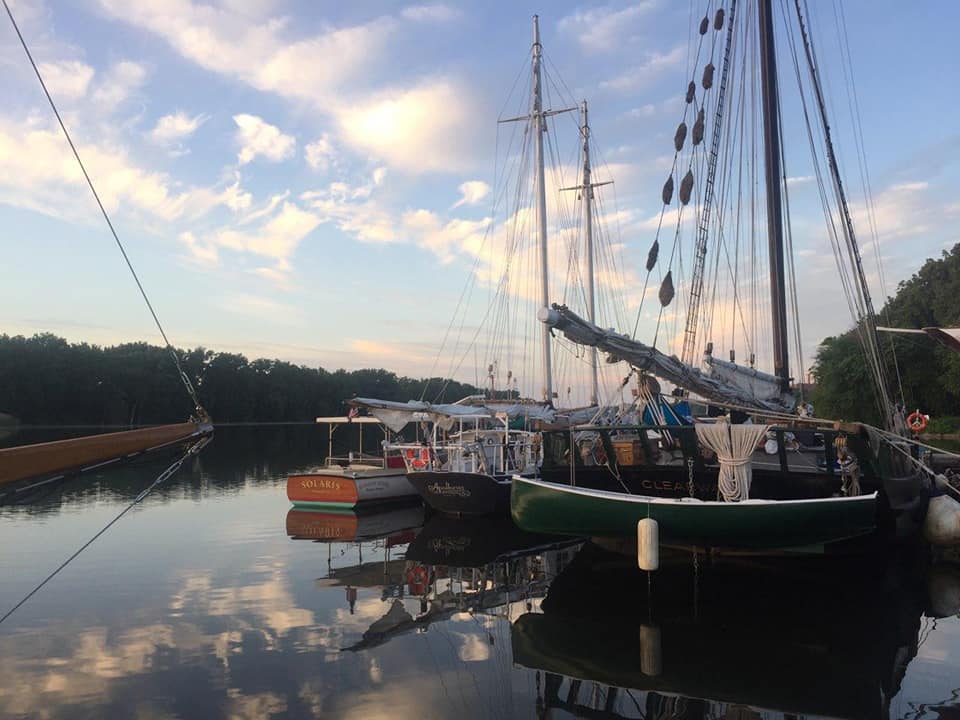
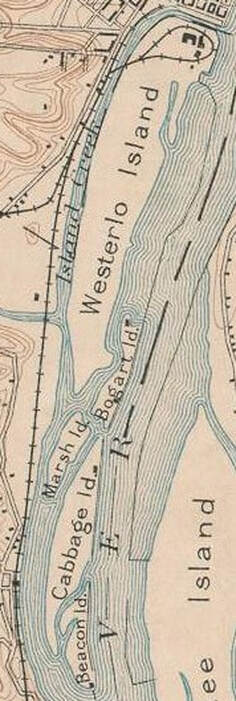

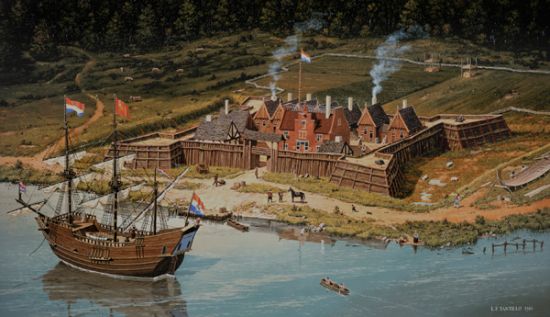
 RSS Feed
RSS Feed
